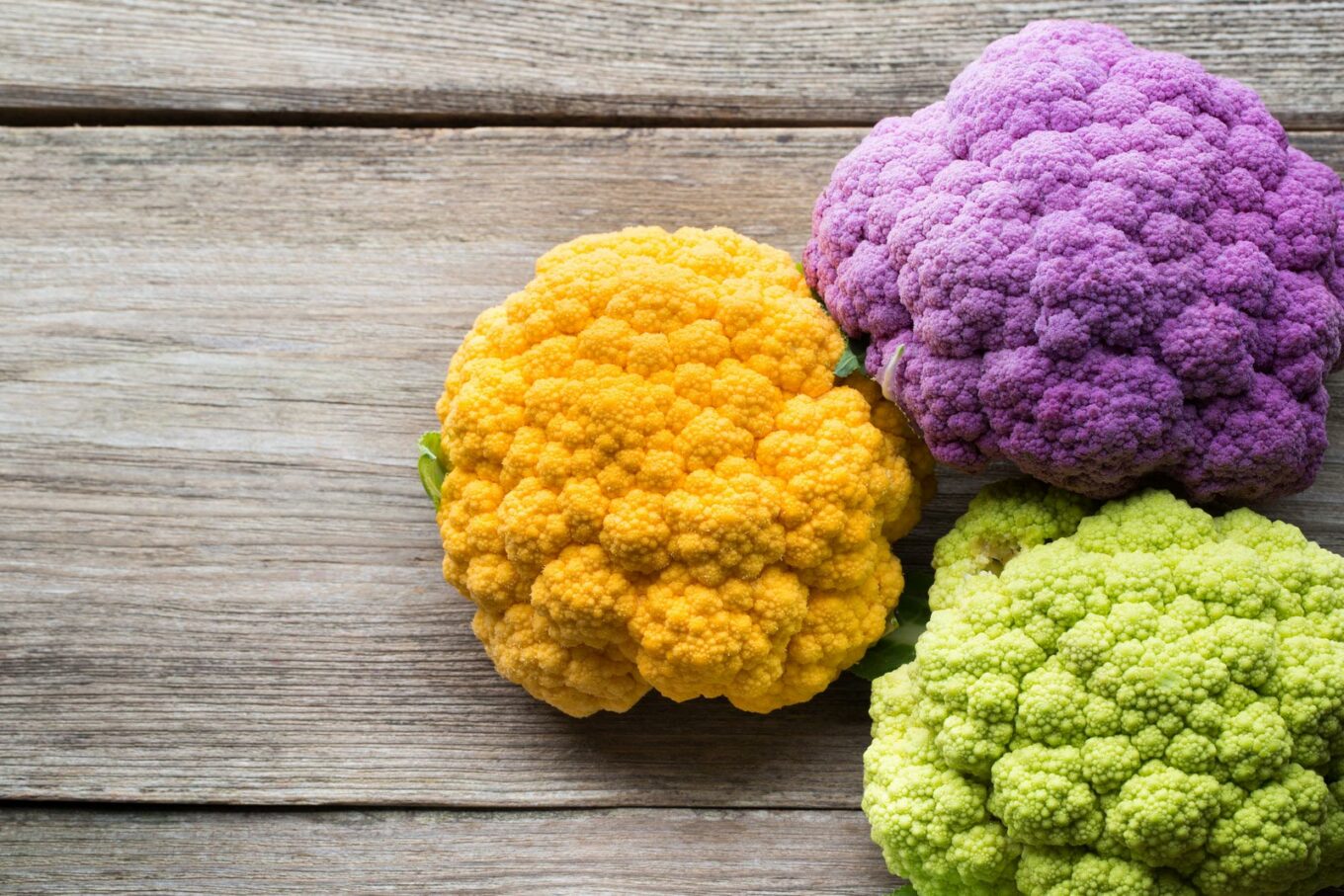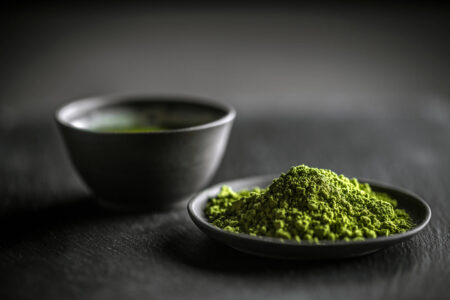When kidney function begins to decrease, a buildup of toxins in the blood stream can result. This sets off a cascade of damage to the rest of the body, including death in the most severe cases! Therefore, it’s imperative that a kidney-friendly (or renal) diet is followed to mitigate this.
What to limit?
Diabetes and hypertension are the two most common diseases that damage the small blood vessels within the kidneys—the ones that filter your blood. Without this filter working properly, excess amounts of certain nutrients have no way to leave the body once eaten. It is therefore necessary to decrease the “workload” of the kidney, by limiting these nutrients in your diet.
Most patients on a renal diet are limited on three key nutrients:
- sodium — 2,000 mg/day
- potassium — 2,000 mg/day
- phosphorus — 800-1,000mg/day
Kidney-friendly foods
Before making any adjustments to your diet, it’s always best to consult with your personal physician. Be sure to bring this list of foods to your next appointment before enjoying them!
Vegetables
- Cauliflower — nutritious, delicious and a marvelous stand in for potatoes! One cup delivers 19 mg of sodium, 176 mg of phosphorous, and 40 mg of phosphorus.
- Cabbage — packed with fiber, this cruciferous veggie has lots of healthful plant compounds, while still staying low on sodium (13 mg), potassium (119 mg), and phosphorous (18mg) per cup.
- Bell peppers — Brightly colored veggies have the most antioxidants, and peppers come in a range of rainbow colors for only 3 mg of sodium, 156 mg of potassium, and 19 mg of phosphorus per small pepper.
- Onions allow you to keep the flavor as well as keep your gut healthy with prebiotic compounds. Each small onion contains 3 mg of sodium, 102 mg of potassium, and 20 mg of phosphorus.
- Arugula — Unlike its high-potassium leafy green cousins, one cup of arugula only contains 10mg of it! Sodium content for the same amount is 6 mg, and phosphorous is 10mg. It also contains nitrates which work to regulate blood pressure!
- Radish — If you’re craving crunch, go for radishes! One half cup has 23 mg of sodium, 135 mg of potassium, and 12 mg of phosphorus.
- Turnips — Another great potato-replacer, turnips are loaded with fiber and vitamin C. Roast or boil and mash for a half cup side dish with only 12.5 mg of sodium, 138 mg of potassium, and 20 mg of phosphorus.
- Shiitake Mushrooms — A savory addition to many dishes, these mushrooms have 6 mg of sodium, 170 mg of potassium, and 42 mg of phosphorus.
Fruits
- Blueberries — Antioxidant-filled and oh-so-tangy, one cup contains only contains 1.5 mg of sodium, 114 mg of potassium, and 18 mg of phosphorus.
- Red grapes — This snack-able fruit has two extra-nutritious antioxidants: flavonoids which reduce inflammation, and resveratrol, which has been shown to be heart, diabetes, and brain-healing! One half cup has 1.5 mg of sodium, 144 mg of potassium, and 15 mg of phosphorus.
- Pineapple — A tropical fruit with only 180 mg of potassium, along with 2 mg of sodium, and 13 mg of phosphorus per cup.
- Cranberries — Kidney and bladder-friendly, one cup of fresh berries contain 2 mg of sodium, 80 mg of potassium, and 11 mg of phosphorus.
Protein
- Sea Bass —Full of heart-healthy omega-3s, this particular fish has less phosphorus—only 211 mg—than its counterparts. Three ounces also delivers 74 mg of sodium and 279 mg of potassium.
- Egg Whites —Skip the yolks and save on the phosphorus. Per every 2 eggs, the whites contain just 110 mg of sodium, 108 mg of potassium, and 10 mg of phosphorus.
- Skinless Chicken —People with kidney disease need to watch overall protein intake, but stripping the skin from chicken contains less of all three pesky nutrients while still containing a healthy amount of protein. Three ounces of skinless breast will yield 63 mg of sodium, 216 mg of potassium, and 192 mg of phosphorus.
- Macadamia Nuts — One ounce of these nuts have the lowest amount of phosphorous per serving: only 53 mg. Sodium level for the same amount is 1.4 mg and potassium is 103 mg.
Seasonings
- Garlic — the answer to the saltiness you may be missing from food! Three cloves contain 1.5 mg of sodium, 36 mg of potassium, an 14 mg go phosphorous.
Grains
- Buckwheat — Many grains can be a sneaky source of phosphorus, but a half cup of cooked buckwheat has only 59 mg, along with 74 mg of potassium, and 2.5 mg of sodium.
- Bulgur — A whole grain, with a ‘whole lot’ of fiber and minerals. One half cup contains 4.5 mg of sodium, 62 mg of potassium, and 36 mg of phosphorus.
Fats
- Olive Oil — Completely devoid of phosphorus, olive oil is a great source of healthy fat, and one tablespoon has only negligible amounts of sodium (0.3 mg) and potassium (0.1 mg), too!




